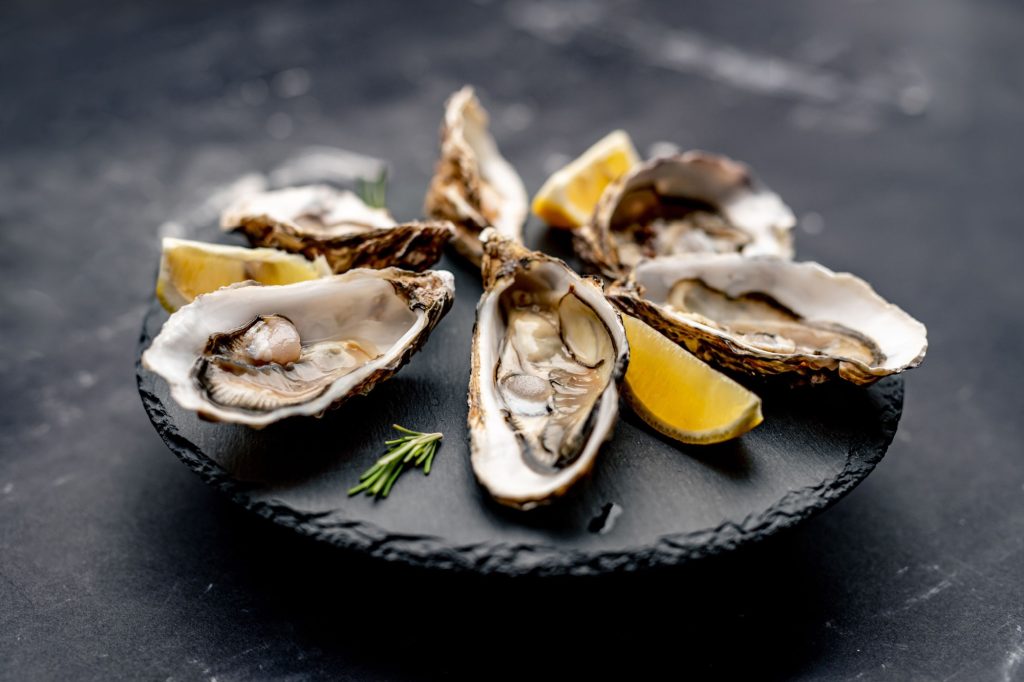Most people think that oysters are simply half-shells & hot sauce. But they’re wrong. These little shellfish have all kinds of quirks to them that scientists keep digging up, including things you’d never expect from something that sits on a rock. Here are six little-known facts about oysters. Which one did you find most surprising?
Featured Image Credit: Shutterstock.
Many oysters switch sex more than once
An oyster doesn’t have the same understanding of gender as humans do. Pacific oysters can switch back & forth between male and female a few times during their lives, and in one study, some even changed four times. Eastern oysters can do the same thing. They’ll usually start off as males when they’re young & change as they get older.
Oyster reefs are glued cities
You might’ve wondered how reefs of oysters don’t fall apart. Their secret? They have their own built-in glue, which works as a kind of special cement they can squirt out. It hardens underwater. According to scientists, it’s made from carbonate & proteins, and when you look at it under a microscope, it looks patchy. It’s almost like messy plasterwork.
Baby oysters rely on chemicals to pick a home
Baby oysters work hard to find exactly where to plop themselves down. In fact, they sniff out chemical signals in the water to decide where to settle, including things like L-DOPA & shell proteins. These tell them that it’s a good spot to call home. When baby oysters can’t find the right cue, they’ll just keep floating around until something feels right.
Oysters have their own “clocks”
While oysters have clocks, they’re not always on the same schedule as ours. Lab tests found that Pacific oysters switched from a normal 24-hour rhythm to a tidal one about every 12.4 hours. Essentially, they’re syncing with the rise & fall of the sea. They adjust their internal clock depending on the conditions.
Oysters can close their shells for weeks without food
Oysters don’t panic when the amount of food in the water gets low. Nope, they just shut the door. Scientists studying some species found that they stay closed up for more than twenty days straight. Why? Because they burn through less energy that way & it’s kind of like hibernating. Once algae levels increase again, the oysters open and carry on feeding.
Oysters can change their shell color
These creatures aren’t stuck with the same white shell, and Pacific oysters can change colors. These range from pale white to deep purple. It depends on both their genes & where they’re raised. As such, they’re almost like the chameleons of the sea. Pretty cool, right?
The following sources were consulted in the preparation of this article:
- Sex determination in the oyster Crassostrea gigas – A large longitudinal study of population sex ratios and individual sex changes
- Oysters produce an organic-inorganic adhesive for intertidal reef construction
- Induction of settlement and metamorphosis of the pacific oyster, crassostrea gigas (Thunberg), by L-DOPA and catecholamines
- Bivalve mollusc circadian clock genes can run at tidal frequency
- Physiological recovery from prolonged ‘starvation’ in larvae of the Pacific oyster Crassostrea gigas
- Comparative Transcriptome Analysis of the Pacific Oyster Crassostrea gigas Characterized by Shell Colors: Identification of Genetic Bases Potentially Involved in Pigmentation


